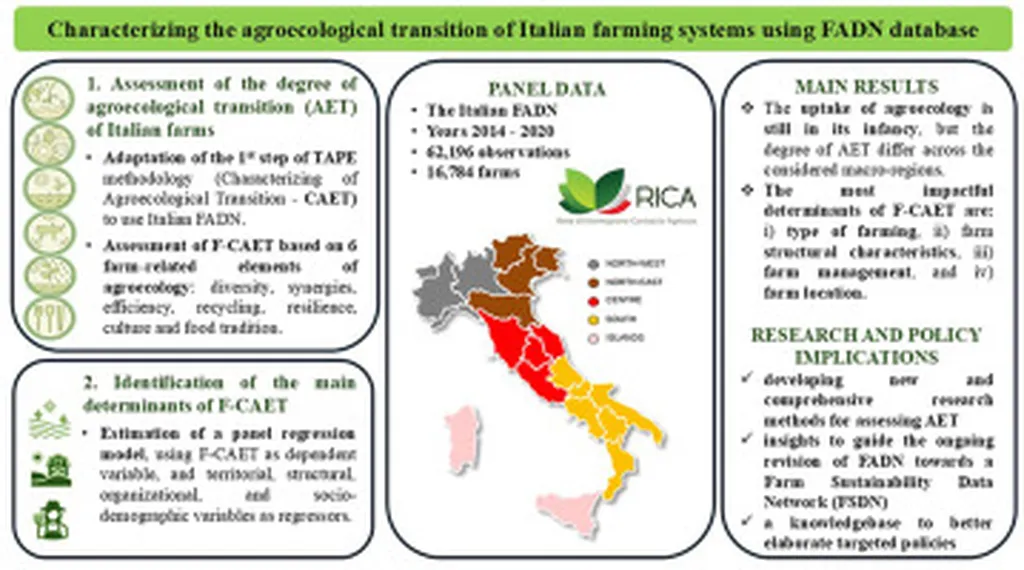In the realm of genetic research, a new study has emerged that could significantly streamline the way scientists analyze and interpret high-throughput sequencing data, with potential ripple effects across various sectors, including energy. The research, led by Simone Cardoni from the Water Research Institute (IRSA) of the National Research Council in Taranto, Italy, and published in the journal ‘Ecology and Evolution’ (which translates to ‘Ecology and Evolution’), compares two popular bioinformatics tools, MOTHUR and DADA2, in their handling of 5S nuclear ribosomal DNA data.
The study focuses on the 5S intergenic spacer (5S-IGS) regions of seven beech species (Fagus spp.), a genus with significant ecological and economic importance. The 5S-IGS regions are known for their utility in genotaxonomy, helping scientists delineate genetic resources and trace evolutionary paths. However, the sheer volume of data generated from these regions can be overwhelming, often leading to redundancy, errors, and computational challenges.
Cardoni and his team sought to address these issues by comparing operational taxonomic units (OTUs) and amplicon sequence variants (ASVs) derived from 5S-IGS amplicons using MOTHUR and DADA2. OTUs and ASVs are methods used to cluster sequences, but they differ in their approach and stringency. The researchers found that over 70% of processed reads were shared between OTUs and ASVs, indicating a substantial overlap in the data they represent.
Despite this overlap, the study revealed that DADA2 was more efficient, reducing the number of representative sequences by over 80% without losing critical phylogenetic information. “DADA2-ASVs identified all main 5S-IGS variants known for Fagus, reflecting the phylogenetic, taxonomic, and diversity patterns expected for each sample,” Cardoni explained. This efficiency could be a game-changer for researchers dealing with large and complex datasets.
In contrast, MOTHUR generated a large proportion of rare OTUs and ASVs, which complicated the resulting phylogenies and were largely redundant. This finding underscores the importance of choosing the right bioinformatics tool for the task at hand.
The implications of this research extend beyond academic circles. In the energy sector, for instance, understanding the genetic diversity and evolutionary history of plant species can aid in the development of bioenergy crops. These crops, which include fast-growing trees and grasses, are often used for biofuel production. By using more efficient and accurate methods to analyze genetic data, researchers can better identify and cultivate plants with desirable traits, such as high biomass yield and resistance to pests and diseases.
Moreover, the study’s findings could influence the way genetic data is handled in other sectors, such as agriculture and forestry, where understanding the genetic diversity of crops and trees is crucial for breeding programs and conservation efforts.
As Cardoni noted, “The more effective and computationally more efficient DADA2 ASVs may thus replace OTUs in future 5S-IGS studies dealing with complex bioecological phenomena.” This shift could lead to more accurate and efficient genetic analyses, ultimately benefiting a wide range of industries and applications.
In the end, this research serves as a reminder of the power of bioinformatics tools in shaping our understanding of the natural world. As we continue to generate vast amounts of genetic data, the need for efficient and accurate methods to analyze this data will only grow. Studies like this one are paving the way for a future where we can harness the full potential of high-throughput sequencing to tackle some of our most pressing challenges.

